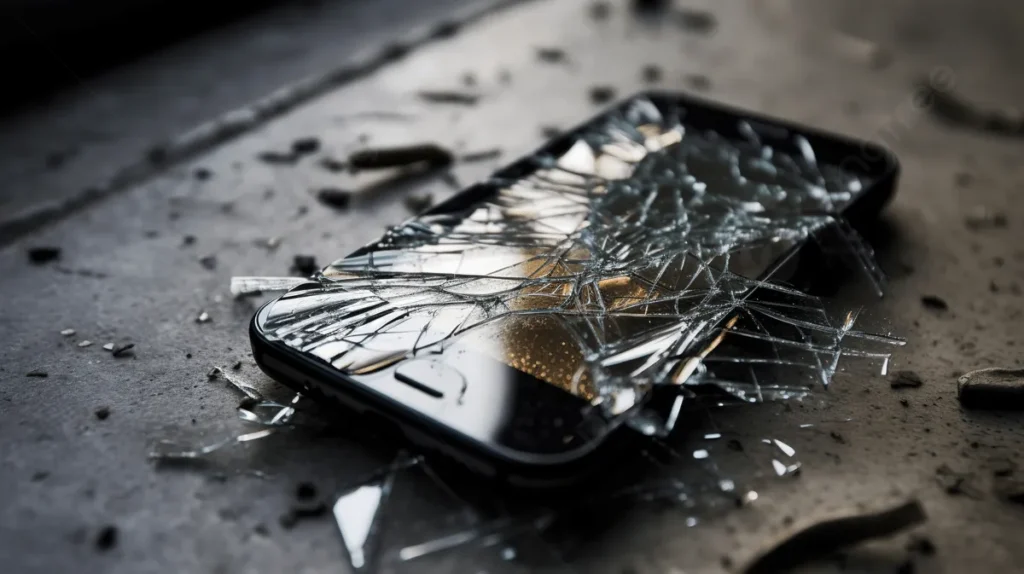Inside the Mechanics: How Traditional Safe Deposit Lockers Work
When I think about securing my most valuable items—like family jewelry, legal documents, or rare collectibles—I always come back to one simple solution: a safe deposit locker. Over time, I’ve learned that traditional mechanical safe deposit lockers still hold a strong reputation for reliability and peace of mind. These systems may seem old-fashioned in today’s digital era, but their design and functionality are anything but outdated. In fact, understanding how they actually work gave me a deep appreciation for their precision and craftsmanship.
If you’ve ever been curious about how these lockers operate behind the scenes, this guide will walk you through their inner mechanics and explain why they continue to be trusted by individuals and businesses around the world.
You can explore more about mechanical safe deposit lockers and why they remain a cornerstone of physical security systems today.
The Basic Concept Behind Mechanical Safe Deposit Lockers
At their core, traditional safe deposit lockers operate on a simple but smart principle: dual control. This means no one—neither the customer nor the bank staff—can open the locker alone. Both parties need to work together to access the contents.
The locker is designed with two keyholes. One key belongs to the bank (known as the guard key), and the other belongs to the customer. This dual-lock mechanism ensures that even if one key is lost or duplicated, the locker remains secure. Every time I access mine, I notice how this system naturally encourages accountability and transparency—two things that digital systems sometimes overlook.
The Components That Make It All Work
Traditional lockers are made with several durable components, each serving a specific purpose. Let me break it down:
- Locker Frame and Door: The outer structure is made of heavy-duty steel that resists force and tampering. The door fits perfectly into the frame, leaving no space for tools or prying.
- Dual Lock System: As I mentioned earlier, it uses two locks—one for the customer and one for the institution. These locks are precision-engineered and designed to last decades.
- Key Design: Each locker has a unique key pattern. The keys are typically long and flat, with grooves that align perfectly with the tumblers inside the lock.
- Master Guard Key: This special key, held by the bank or institution, cannot open any locker alone. It only works in combination with the customer’s key.
- Internal Bolt Mechanism: Inside the lock, small bolts slide into place when both keys are turned together. This prevents unauthorized access and adds another layer of protection.
When both keys are turned simultaneously, the bolts retract, and the door smoothly opens. Once the door is shut, it automatically locks back into place, ready for the next visit.
Step-by-Step: How Access Works
Whenever I need to access my locker, the process is straightforward but secure. Here’s what typically happens:
- Identity Verification: First, the bank staff verifies my identity through my ID or signature. This step ensures that only authorized customers can approach the locker area.
- Locker Key Presentation: I hand over my locker key, while the bank officer retrieves the guard key from a secured location.
- Dual Key Operation: Both keys are inserted into their respective keyholes. We turn them at the same time—this synchronized motion is what unlocks the mechanism.
- Access and Privacy: Once open, I can remove or add items as needed. Most locker rooms are private, offering a sense of confidentiality.
- Re-Locking: After closing the door, the locks re-engage automatically. The officer removes the guard key, and I take my own key back.
This process may seem old-school, but it’s reliable and remarkably efficient. It minimizes the risk of internal misuse and ensures that every action is logged in the bank’s system.
Why Mechanical Systems Still Matter
Despite the rise of digital security systems, traditional mechanical lockers continue to be the preferred choice for many. Here’s why I still find them invaluable:
- No Electricity Needed: They operate purely on mechanical movement—no risk of system failure due to power outages.
- Resistant to Hacking: Since they don’t connect to any digital network, they can’t be hacked remotely.
- Durability: These lockers can function smoothly for decades with minimal maintenance.
- Privacy and Control: I always feel in charge when I use my locker. There’s a physical key in my possession—something tangible that represents my ownership and security.
These reasons are why many financial institutions continue to maintain mechanical lockers alongside modern electronic ones.
Maintenance and Longevity
Over the years, I’ve noticed that proper maintenance plays a key role in keeping a locker functioning well. Here’s how institutions usually manage it:
- Regular Lubrication: The lock mechanisms are oiled periodically to prevent jamming or stiffness.
- Key Replacement Policy: If a key is damaged, it must be replaced through a controlled process to prevent duplication.
- Inspection and Record-Keeping: Locker logs are maintained, and periodic inspections are done to check for any mechanical wear.
- Cleaning and Environment Control: The locker room is kept clean and dry to prevent rust and dust buildup.
Thanks to these efforts, many lockers continue to operate flawlessly for decades without needing replacement.
Key Takeaways
- Mechanical safe deposit lockers use a dual key system that guarantees two-party control.
- They offer strong protection without relying on electricity or digital systems.
- Proper maintenance can help these lockers last for many decades without losing functionality.
Common Misconceptions About Mechanical Lockers
Some people assume that mechanical systems are outdated or unsafe, but that’s far from the truth. In fact, these systems rely on centuries-old engineering principles that are still hard to beat. They’re designed with precision, and every part serves a clear purpose.
Moreover, because mechanical lockers have no digital components, they’re immune to malware, power surges, and technical errors that could affect electronic locks. So, while technology continues to evolve, traditional lockers quietly prove that simplicity can still be powerful.
Final Thoughts
Every time I use my locker, I’m reminded of how much thought goes into its design. It’s not just about metal and keys—it’s about trust, consistency, and craftsmanship. These lockers continue to serve both individuals and businesses because they focus on what truly matters: security that works.
In a world filled with fast-changing technology, mechanical systems offer a refreshing sense of certainty. They stand as proof that the best security solutions don’t always need digital complexity—they just need dependable design.
FAQs
1. How secure are mechanical safe deposit lockers compared to digital ones?
Mechanical lockers are highly secure because they use physical key systems that can’t be hacked. While digital lockers rely on electronic access, mechanical ones are fully independent of power or software.
2. What happens if I lose my locker key?
If your key is lost, you must inform the bank immediately. The institution will follow a strict process to verify ownership and may drill open the locker in your presence to issue a new lock and key set.
3. How often should a mechanical locker be serviced?
Most banks or institutions conduct routine maintenance every 6 to 12 months. This includes lubrication and mechanical inspection to ensure smooth operation.
4. Can someone duplicate my locker key?
Locker keys are made with unique patterns that are difficult to copy. Replacements are only issued by authorized personnel through secure procedures.
5. Are mechanical lockers suitable for businesses too?
Yes, many companies use them to store sensitive documents, contracts, or valuable items. The dual-control feature ensures shared accountability and prevents unauthorized access.





